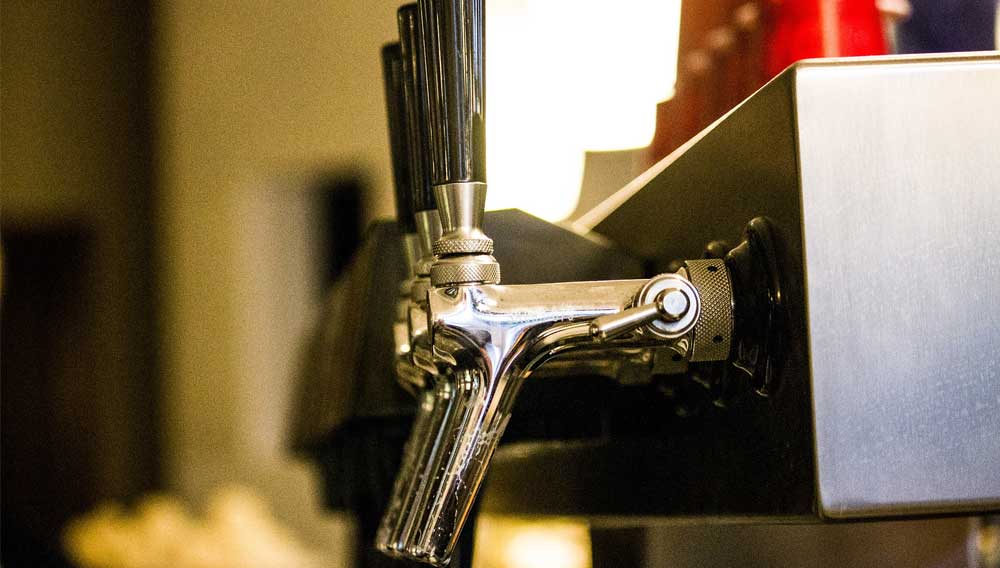
A COMPLEX ISSUE | The design of a dispensing system is the foundation of any future operation involved in serving beer on tap. Decisions have to be made early on that often determine whether a business will succeed or fail. Some of these decisions concern, in particular, the physics of dispensing. A second, crucial point is also already present in the layout and construction of a dispensing system, namely the ease with which the system can be cleaned. This is one ramification of good hygienic design of a dispensing system. This article discusses these aspects and describes the negative outcomes if these crucial points are not taken into consideration.
Starch breakdown | Modern analytical quality assurance in breweries covers a complex spectrum of tasks. Based on typical applications, this series of articles describes analytical approaches for evaluation of various processing problems in brewing unit operations, as well as possibilities for early identification of potential upset sources and prediction of product stability.

Focus on brewers’ yeast | Microbiological detection of foreign yeasts in the brewing process is an important part of hygiene monitoring in breweries. A novel DNA extraction and Real-Time PCR process might help here. This process can reliably detect S. cerevisiae var. diastaticus contamination, without previous enrichment.
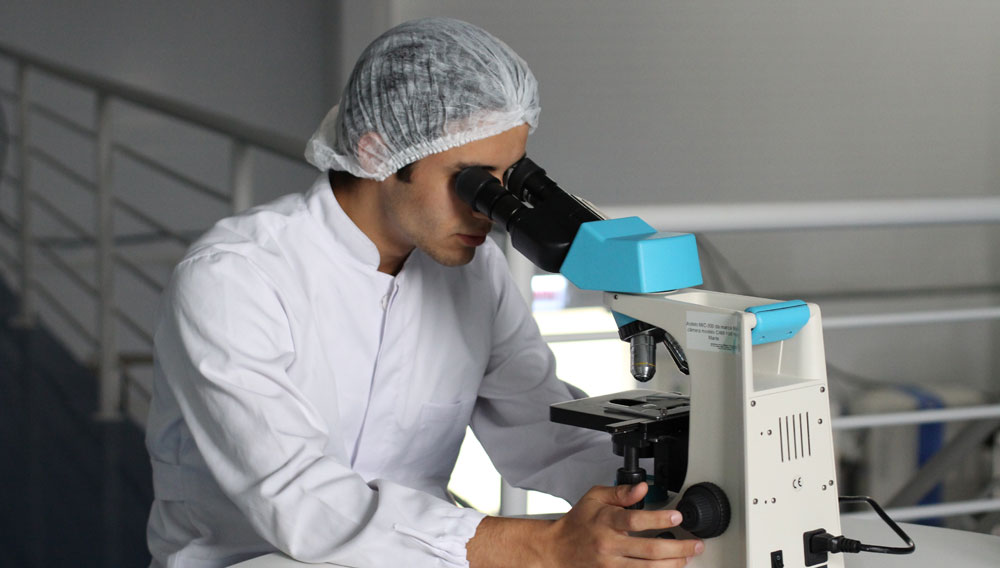
Rapid and reliable | Detecting yeasts that are detrimental to beverages is essential when ensuring the microbiological quality of the brewing process and finished products. In the current study, the growth characteristics of all important types of spoilage yeast were comprehensively analyzed under selective and non-selective enrichment conditions. The optimal duration of pre-enrichment for sensitive detection by real-time PCR as well as factors interfering with spoilage yeast growth could be determined.
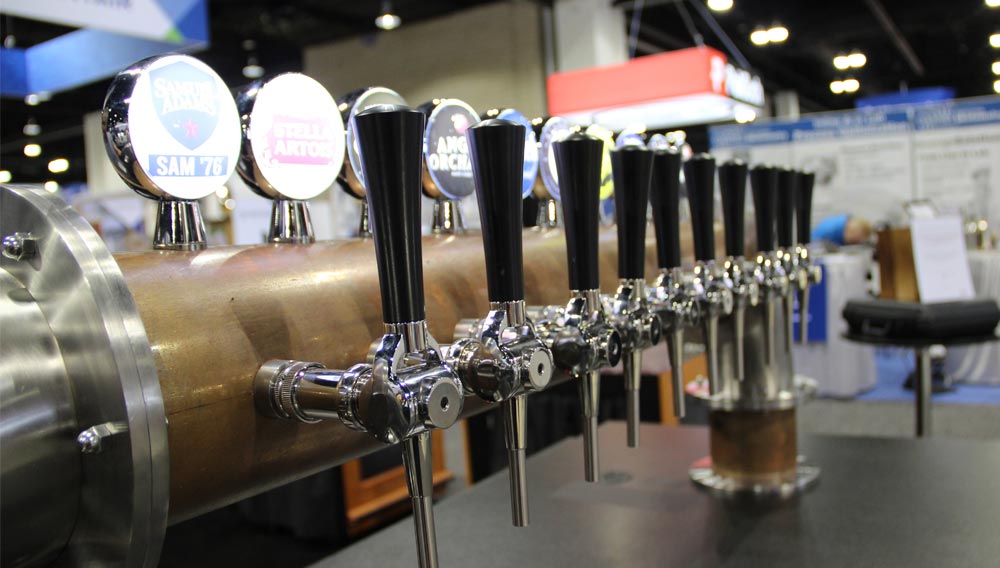
Pure drinking pleasure | When it comes to serving beverages, the process of cleaning the systems used to dispense these beverages is one of the most frequently discussed topics. This has been the case since the end of the 19th century, when the first modern dispensing systems were in operation. In addition to the general capacity for these systems to be cleaned, the focus has always been on the effort and the resulting costs. However, two aspects of a clean dispensing system have been widely ignored: consumers are protected, and the restaurateur earns money. Often forgotten are those who clean dispensing systems. They are expected to clean them thoroughly for a very low price.
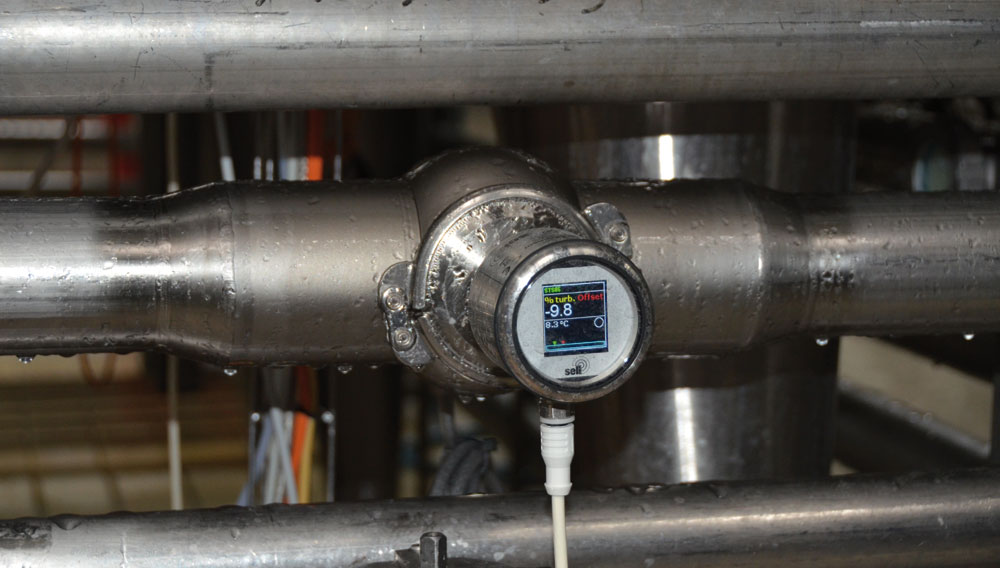
Turbidity measurement | Process-compliant and hygienic turbidity measuring systems up to 13200 FAU – and soon even to 26400 FAU – are initiating a paradigm shift in many areas of food and beverage technology. Known applications such as separators and filters in breweries can now be monitored much more efficiently in terms of operation and economics.
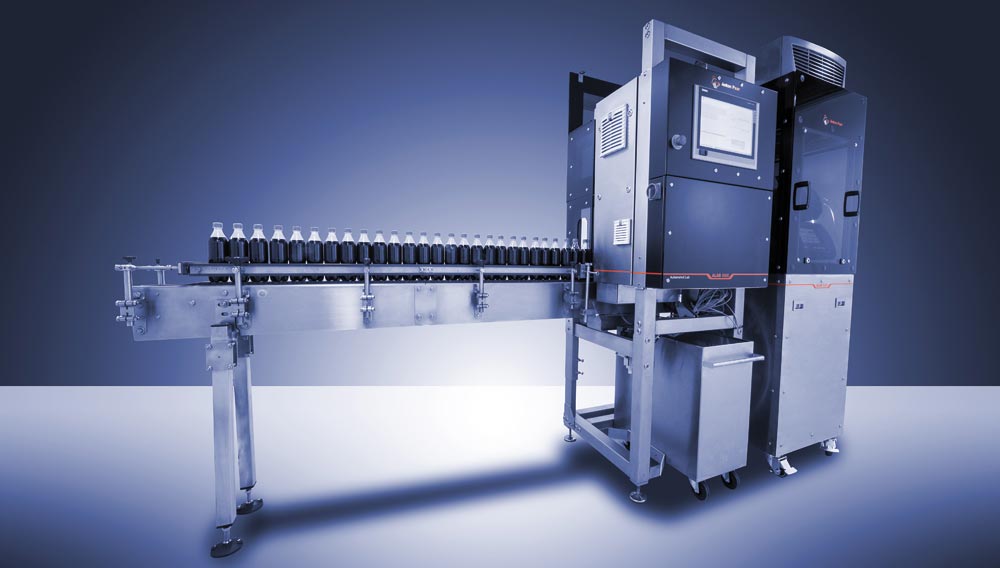
Inline and fully automated | Conventional quality control carried out in the laboratories of breweries and beverage producers is usually performed manually and requires a significant amount of time and labor. With the automation solutions available from Anton Paar, the laboratory is located directly on the production line.
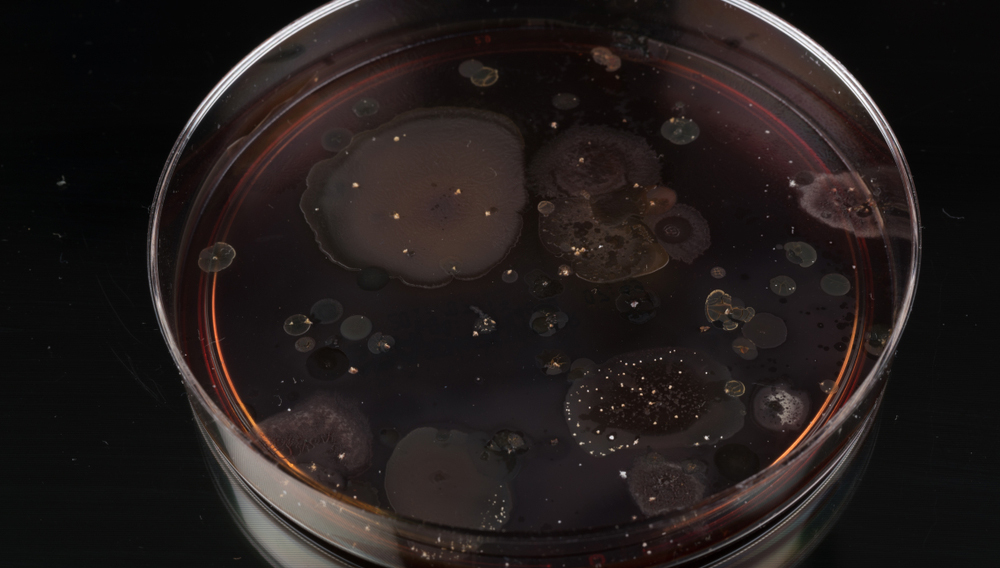
Optimising evidence | Detection of beer-spoilage bacteria in the brewing process is of the utmost importance. These bacteria can cause, among other things, hazes, acid and off-flavours in the product. It is extremely difficult, especially in pure culture yeast and also in cropped yeast, to track down these beer spoilers because their growth is suppressed by yeast. In addition, these bacteria are often present as trace contaminants in such yeast. In this study, a method has been developed to detect beer-spoilage bacteria in pure culture yeast much faster and with a higher degree of reliability than has been the case with existing methods.
Establishing a measurement methodology | The arabinoxylan substance group has been hitherto largely disregarded in the area of beverage analyses and interpretation of technological repercussions, this is due in part to the limited availability of measurement methodology. However, it is a cell wall component that should not be underestimated and is possibly – in addition to β-glucans – another important indicator or technical parameter for cytolysis.
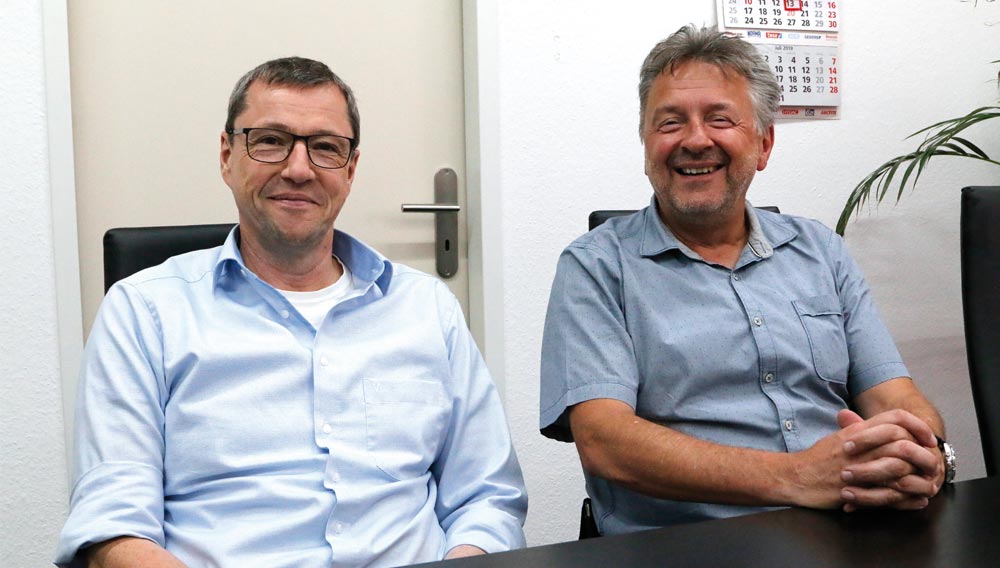
Professional exchange | Johann Angres, Managing Director of Steinfurth Messsysteme in Essen, Germany, received a great honor in April of 2019. He is the first German ever to be elected to the board of the ISBT. Never heard of the ISBT? The International Society of Beverage Technologists is the MEBAK or EBC of the soft drink industry. And because we also were not familiar with the ISBT, we decided to visit Johann Angres in Bochum to find out more about the association, his appointment to the board and the changes currently taking place at his company.
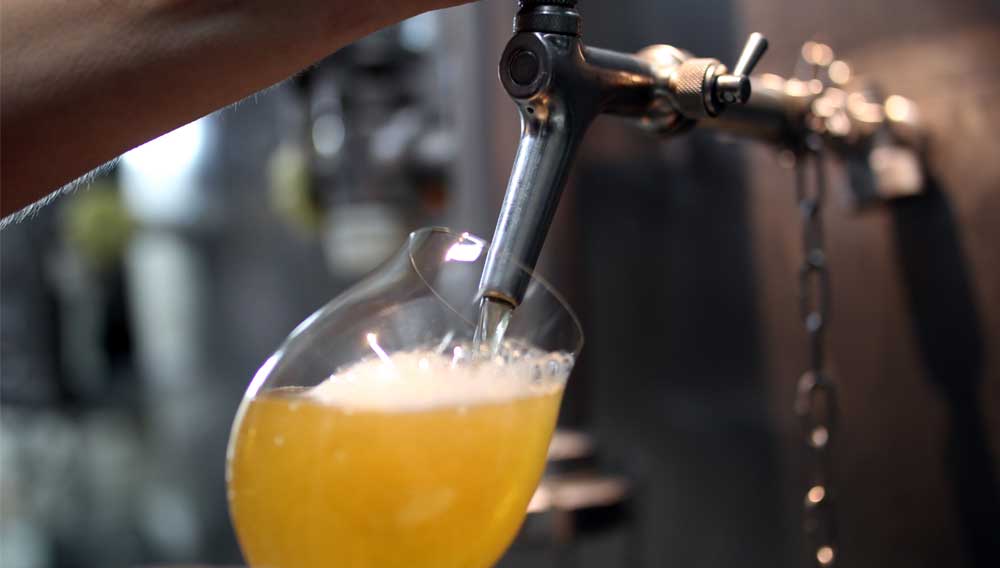
Indispensable knowledge | Time and again, one sees a server behind a bar who finds it impossible to fill glasses with draft beer at a satisfactory tempo, even though the dispensing system is apparently adjusted perfectly. The oft discussed saturation pressure is of course critical, as is the temperature of the beer. However, other factors are frequently not taken into consideration and these will be more closely examined in this article.
Current issue
Most Read
BRAUWELT on tour
Current issue
Most Read
BRAUWELT on tour
-
Hopsteiner
Optimization of kettle hopping prior to dealcoholization
-
Hopsteiner
Excellent digital Service: the Hopsteiner Customer Portal
-
Hopsteiner
Variations in hop aroma depending on crop year
-
Hopsteiner
Playing with tradition: Hopsteiner Hopoils - Type Hoptanical
-
Hopsteiner
Crop and market update & hop crop 2023 estimate


